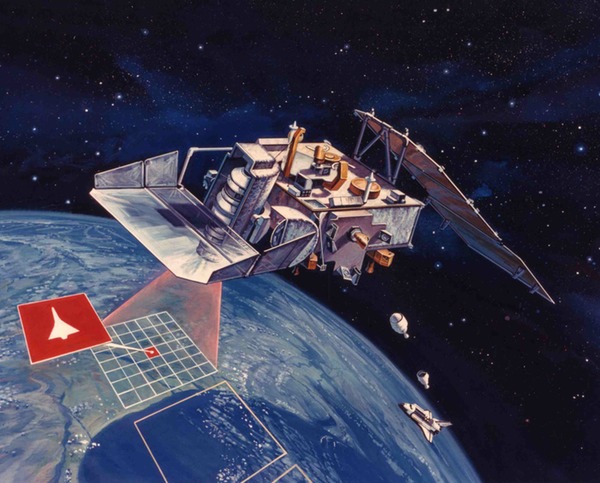orbitingpluto
Orbiteer
- Joined
- May 1, 2010
- Messages
- 618
- Reaction score
- 0
- Points
- 16
TEAL RUBY

Unflown IR surveillance test satellite. Canceled after over a decade of development.
http://thespacereview.com/article/2599/1
Lacrosse, KH-12, and (wait for it


